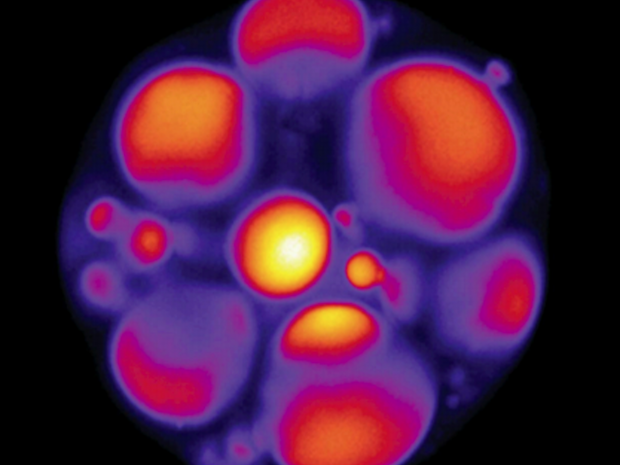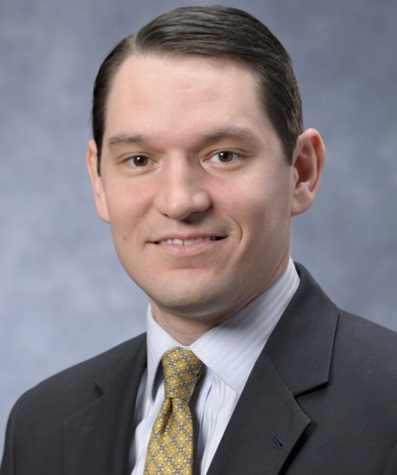Controlling “Controlled Release” to Make Medicine That Imitates Life

Speaker:
Steven Little
Department of Chemical & Petroleum Engineering University of Pittsburgh

Abstract:
Although the field of controlled release (as applied to release of drugs, cosmetic agents, fertilizers, etc...) has existed for over 40 years, it is still non- trivial to formulate (or engineer) a system to produce a target release behavior (duration of release and rate of release). Over the last 12 years, our research group has revealed fun- damental phenomena in how the most widely-used degradable polymers degrade/erode and how this impacts release behavior from systems comprised of these polymers. These discoveries allow for more precise (even in silicon) design of controlled release formulations that meet the specific needs of the customer. It also permits, for the first time, design of “biomimetic” controlled release systems that reproduce the basic spatio-temporal information transfer that naturally occurs between the cells in our body, with the goal of inducing and/or regula- tion key biological processes. Such is currently out of the reach of modern medicine. As just one example, sim- ple temporal control over the release of specific growth factors can induce robust formation of specific tissues that natural- ly regenerate via stage-wise processes. This is possible using recent advances in the precise design of controlled release formulations. In the same way, this con- cept can also be used to reproduce spatial information that cells (and even tumors) employ to manipulate immunological responses. Collectively, these new tools can effectively reproduce biological con- text and have already shown significant promise as next-generation medical treatments in a variety of disease models where current medical treatments have no answer.

